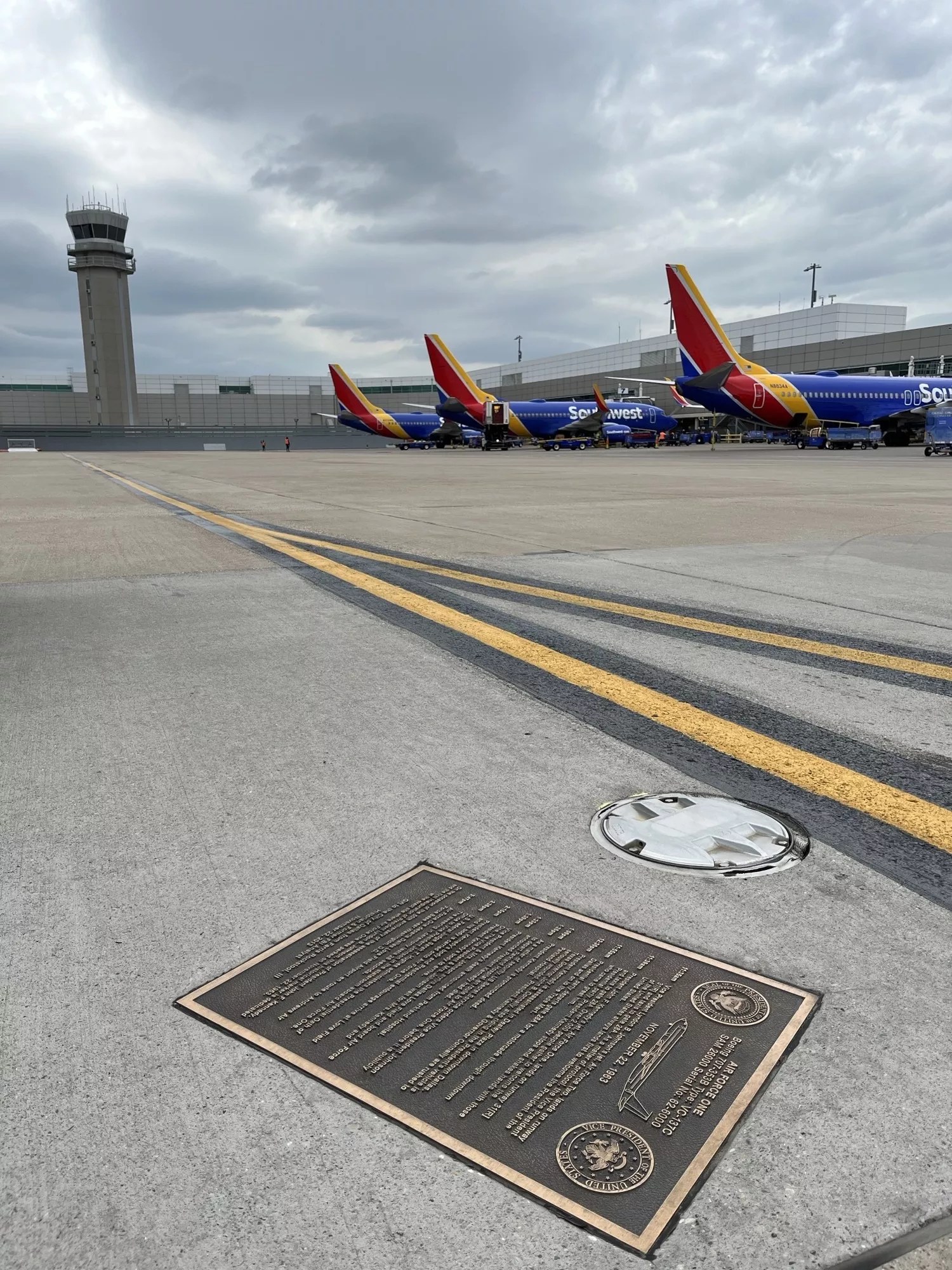
Dallas Love Field

Audio By Carbonatix
A new article from The New York Times showcases the good, the bad and the ugly that have landed Southwest Airlines in national headlines this past year. The report, by Niraj Chokshi, chronicles the airline’s evolution stating, “Southwest Airlines lost its groove”.
“They’re telling a story that has already been told,” Lynn Lunford, a spokesperson for Southwest Airlines, told the Observer.
Problems due to quality control and the Boeing strike have forced the airline to adapt, resulting in a myriad of new rules and regulations.
“The airline’s simple strategy of providing cheap flights and good service, often at smaller airports near large metropolitan areas, was tremendously successful for a half-century, earning consistent profits as many other airlines stumbled,” writes Chokshi. “But its playbook is showing signs of wear, raising questions about whether it can regain its momentum.”
This year, make your gift count –
Invest in local news that matters.
Our work is funded by readers like you who make voluntary gifts because they value our work and want to see it continue. Make a contribution today to help us reach our $30,000 goal!
Southwest Airlines originated in the ’60s as low-cost transportation that connected the three points of the Texas triangle – Dallas, Houston and San Antonio. The airline slowly added cities and now flies to 121 destinations scattered across the Western Hemisphere. Its business model greatly differed from competitors and catapulted the carrier to success.
“For decades, Southwest thrived by adhering to a simple model of low fares and good service, with a healthy dose of irreverence,” the Times article noted.
Almost since the beginning, Southwest has exclusively flown Boeing 737s. The planes are bare bones, stripped of any frilly airline luxuries. The airline marketed to cities with secondary airports and few other flight options. Its demographic was day-travelers looking for the easiest, cheapest and quickest route from point A to point B.
“People didn’t care where they sat, you can do anything for an hour,” said Lunford.
As Southwest grew in popularity, it expanded to larger airports with higher operational costs. The airline achieved acclaim for how quickly it got planes on and off the tarmac, which was a selling point for angsty travelers. But the “10-minute turn”, as it became known, is less feasible at multi-terminal international airports. While Southwest still has a lower turn-time than other airlines, it cannot match its former prowess.
“One of the things that made it magical also limited its potential growth,” David Vernon, an analyst at the investment firm Bernstein, told The New York Times. “That ability to move with high frequency, there’s only so many places you can run that model.”
The business model wasn’t foolproof, and a bad year for Boeing meant a bad year for airlines. A 116-page letter from the Federal Aviation Administration revealed egregious oversight in the production process, followed by a disastrous strike that halted production completely, strapping Southwest for planes.
Southwest fell far behind its competitors, managing just 10% of the profits of Delta Air Lines and United Airlines. Still, Southwest is one of the only major American airlines to never file for bankruptcy protection. Southwest’s reputation took perhaps its biggest hit ever during the 2022 year-end holidays when bad weather and a scheduling crisis resulted in thousands of delayed and cancelled flights over the course of a few days.
In July 2024, Southwest abandoned its long-held tradition of open seating and announced that assigned seating with high-priced, premium options will begin in 2026. The airline added that cabin service would end at 18,000 feet, instead of 10,000 feet.
The changes are part of a three-year plan to recover its financial footing. Other changes include an increase in red-eye flights and a decrease in flights to Hawaii. The airline also announced a collaboration with Icelandair with the hopes of more international partners.
But fear not. Southwest has sworn to keep its generous baggage policy intact.